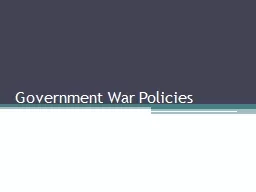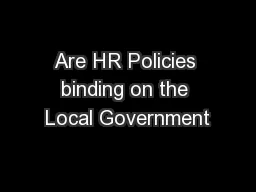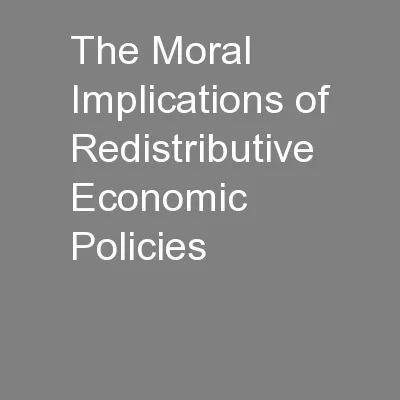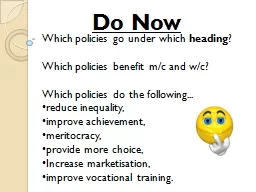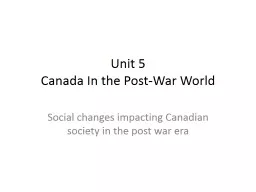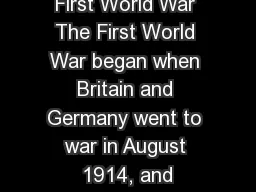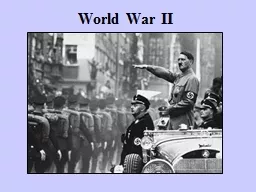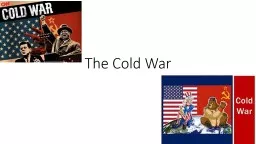PPT-Government War Policies
Author : luanne-stotts | Published Date : 2016-09-19
Central Planning PM Kings cabinet included CD Howe a former businessperson who could get factories running Industry leaders were picked to turn Canada into an industrial
Presentation Embed Code
Download Presentation
Download Presentation The PPT/PDF document "Government War Policies" is the property of its rightful owner. Permission is granted to download and print the materials on this website for personal, non-commercial use only, and to display it on your personal computer provided you do not modify the materials and that you retain all copyright notices contained in the materials. By downloading content from our website, you accept the terms of this agreement.
Government War Policies: Transcript
Download Rules Of Document
"Government War Policies"The content belongs to its owner. You may download and print it for personal use, without modification, and keep all copyright notices. By downloading, you agree to these terms.
Related Documents

